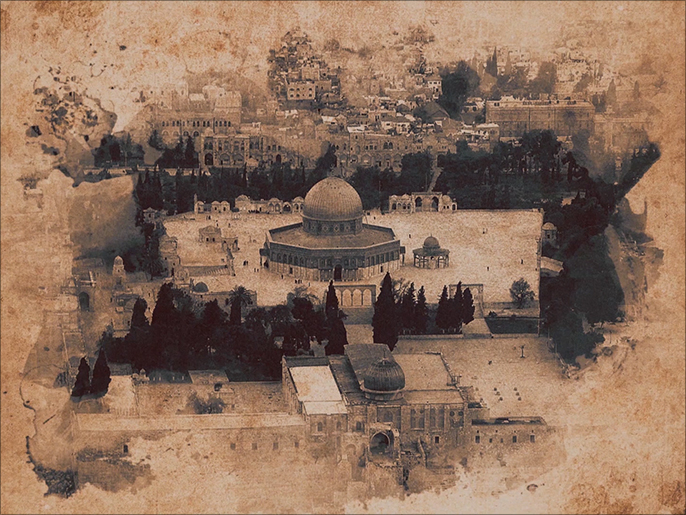In the fifth and penultimate episode of the series "Jerusalem and the Setback", we highlight the policies of the occupation in Jerusalem after its occupation.
As soon as the occupation forces entered Jerusalem, they began enforcing laws in order to Judaize the city, and in an attempt to preserve the holy city and its Islamic character, notables formed the supreme Islamic body, and its mission is to protect and manage religious affairs, especially the Al-Aqsa Mosque headed by Sheikh Abdel Hamid Al-Sayeh, but the occupation authorities deported him in The next day.
One of the policies of the occupation after the occupation is the application of the so-called Absentee Property Law, which permits the confiscation of the property of every Palestinian who left the West Bank before and during its occupation. Including changing the names of places, neighborhoods and monuments, such as the Al-Buraq Wall, which was named the Enlarged Wall.
The policy of touching antiquities was not limited to the names, but rather exceeded that of demolishing Palestinian neighborhoods, as happened in the al-Magharba neighborhood, as well as the demolition of more than 135 homes and properties, and about six thousand residents of Jerusalem were displaced.
In addition to all of the above, the occupation adopted the settlement policy in several stages, the first of which began with the confiscation of about four thousand acres on which settlements were established to separate the neighborhoods humanly and geographically.

